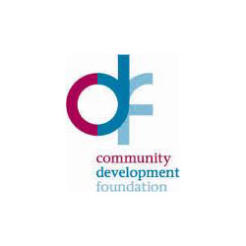The Community Development Foundation is more able to challenge government since it lost its quango status, said its chair Peter Latchford at the launch of its new campaign After the Cuts.
The campaign, which was launched last night, marks a new chapter for the Community Development Foundation (CDF), a former charity and non-departmental public body under the Department of Communities and Local Government, which was scrapped by the coalition government as part of the public body review last year.
Relaunched as an independent in April, the CDF retains its charitable status, and has also decided to become a social enterprise.
Latchford said CDF’s new structure has the benefits of allowing it to challenge government:
“The CDF is now on the outside of government,” said Latchford. “So it is easier to re-assert what needs to be done with government if we are not getting funds from them.”
Its campaign, After the Cuts, is part of its new agenda. It is running via twitter under the hashtag #afterthecuts, and CDF is inviting community groups to share experiences and ideas of how to survive government cuts.
Latchford also discussed enterprise at the event, calling it the way forward for community groups to break from a “parent/child relationship” with government:
“We can’t plead for funds,” he said. “And then effectively say what needs to be done, maybe not match what government wants to fund, and take the consequences.”
Social impact bonds, and high net worth individuals were listed as ways to access new sources of money.
He did concede, however, that the move to enterprise had the consequences of competition and failure:
“You won’t get enterprise without failure,” he said. “People who do not do well will have to fail, they can’t be propped up.”
Latchford also said the community sector should engage in less best practice sharing, and instead share “enthusiasm”:
“A project succeeds because ‘Doris Smith’ makes it happen,” he said. “We have to share this enthusiasm.”









